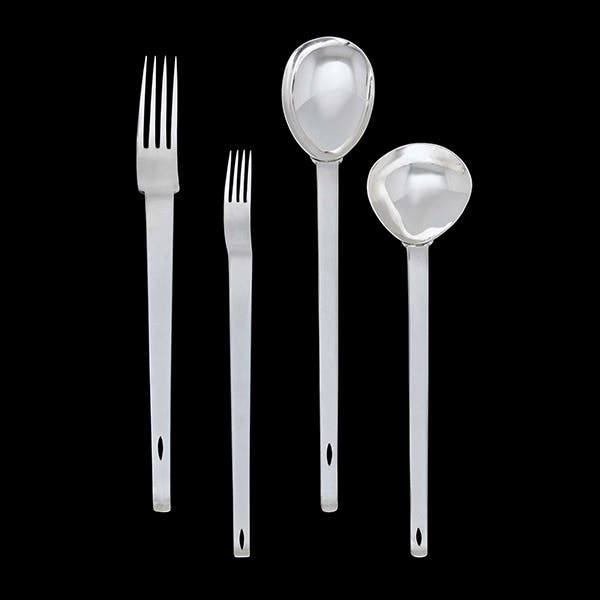Ten Things You Didn’t Know: Banks
Manufactured from the late 1800s to the mid-1900s, collectible antique and vintage banks are marvels of ingenuity. Antoinette Rahn compiles a new “Ten Things You Didn’t Know” feature exploring these rare and valuable coin keepers.
In this installment of our regular 10 Things You Didn't know column, we delve into the world of banks.
1 Reportedly one of only three known examples, the Preacher in the Pulpit mechanical bank,
manufactured by J. & E. Stevens Co., circa 1876, set a record when it sold for $263,550 (with buyer’s premium) during an auction offered by Bertoia Auctions in November 2014.
2 The two types of banks are mechanical and still, and within those two groups are several styles.
3 It may be hard to believe, but archeological discoveries reveal that mechanical banks were in use in ancient Greece and Rome.
4 One of the best known examples of the The Blind Man and His Dog mechanical bank, designed by William H. Lotz and manufactured by J. & E. Stevens Co. in the late 19th century, sold for $49,200 (with buyer’s premium) during a February 2014 auction presented by Morphy Auctions.
5 Mechanical bank collectors are in good company, as the Mechanical Bank Collectors of America (www. mechanicalbanks.org) demonstrates. The organization was founded in 1958, and its members include people from across the U.S. and international locales as well.
6 If still banks are your thing, not to fret, there is also a group of collectors who share your fondness for still banks: Still Bank Collectors Club of America (www.stillbankclub.com).
7 The Max Berry Collection, including one of the most esteemed collections of mechanical and still banks ever amassed, realized more than $6 million – including buyer’s premium – in a series of two auctions, presented by Bertoia Auctions in 2014 and 2015.
8 Banks made in Germany, England and the U.S., between 1867 and 1928, remain the big draw among seasoned collectors. During that time period, U.S. maker J. & E. Stevens Co. laid claim to producing the vast majority of cast iron mechanical banks.
9 Paint on a bank can reveal details of its past, including how old it is or isn’t, and if all its parts are original. Compare paint shade and texture in multiple areas of a bank, and if it’s similar across the board, that’s a good thing. But any differences should prompt further inspection.
10 Morphy Auctions, a long-time leader among firms bringing banks to auction, has presented more than 6,200 banks over the past 12-plus years.
Sources: http://www.virginiacaputo.com/Files/banks.html, Antique Trader Antiques & Collectibles 2016 Price Guide, AntiqueTrader.com and LiveAuctioneers.com.
AntiqueTrader.com is a participant in the Amazon Services LLC Associates Program, an affiliate advertising program designed to provide a means for sites to earn advertising fees by advertising and linking to Amazon.com and affiliated websites.








